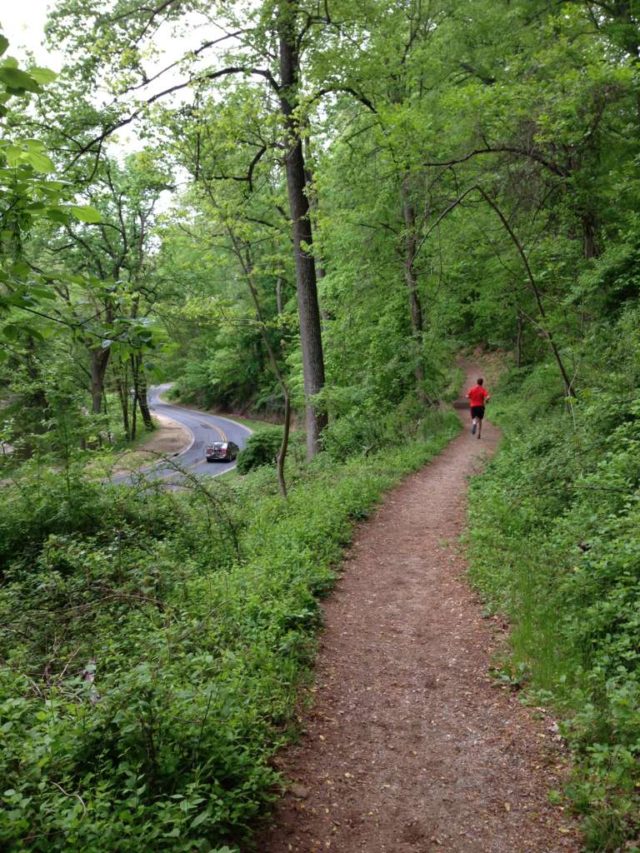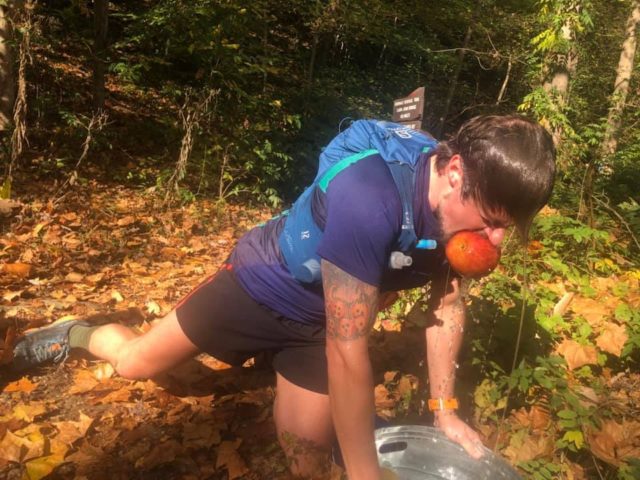
Trail races are already pretty chill, but those looking to take low-key to an even lower level should go find a Fat Ass.
Fat Ass events are free, loosely organized group runs that focus on trail community and camaraderie over competition. Depending on the organizer, races will sometimes have aid, sometimes swag, and sometimes course markings, but an entry “fee” is always a donation of food or drinks to a communal aid station.
“My first true experience into the real-world culture of trail running and the ultra family was at Halloweeny FA put on by VHTRC,” says D.C. resident Thomas McNulty. “My race entry ‘fee’ was two bags of potato chips. There was no judgement on whether I had run fast, slow, run the whole distance, run part of the distance or didn’t run at all. New friends were made, laughs enjoyed and I quickly realized that this was the people that I wanted to surround myself with.”
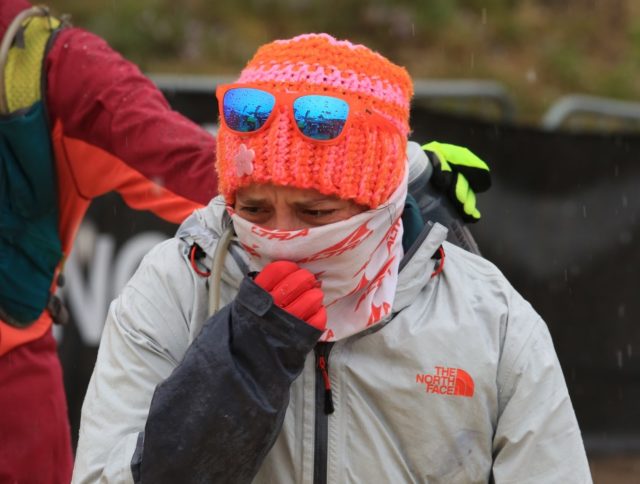
My first ultramarathon was supposed to be the North Face 50K in September of 2009.
My actual first ultra was the Rosaryville 50K that July. Then the Catoctin 50K in August. Then The North Face 50K in September.
All because of Bob Gaylord.
I’d met Bob and his long-time running buddy Stan the previous May, the way I meet all my trail friends: Randomly in a parking lot at a trail head. Then, at some point between May and July, Bob convinced me that the best way to train for a 50K was to run a different 50K. You know, as a training run. And oh by the way, Catoctin is one of the tougher courses in our area — but it’ll be fun.
So … sure … what could go wrong?
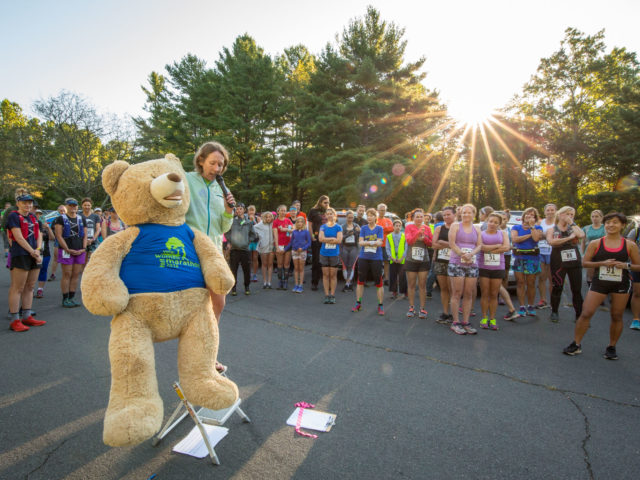
Putting on a race is no small task.
Race directing usually involves hours (and hours) of prep work to scout course routes, secure permits, find and order materials on time, and coordinate an army of volunteers. Not to mention scrambling to make last-minute adjustments for terrible weather or missing volunteers.
Even with all the logistical gymnastics and giant drains on free time, most race directors certainly aren‘t in the game to make money.
We talked with four local trail RDs about how they got started with their events, why they keep at it, and how every single one believes race directing is a team sport.
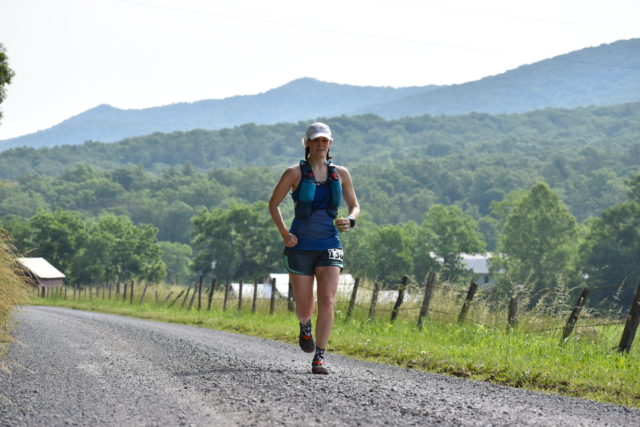
During the pre-race brief, organizers of the Old Dominion 100-Mile Endurance Run described the race as a battle of the runner against the course against the clock.
Runners have to conquer 100.01 miles of all types of terrain, 14,000 feet of elevation gain, all in Virginia‘s oppressive early June heat and humidity. To count as a finisher, they must complete the course in less than 28 hours; but those who want to go home with a coveted silver belt buckle must do so in less than 24.
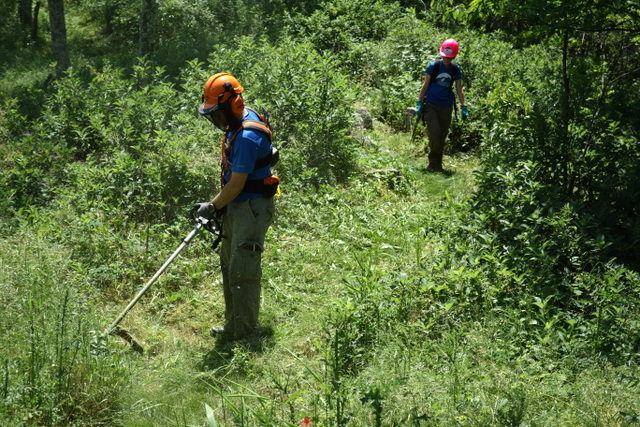
Last month, a major outdoor magazine published a clickbait column pointing fingers at groups the author didn’t think did enough trail work.
This dispute made the trail runner internet community very angry, sending heart rates higher than a super sweaty mid-summer speed work session.
Not up for dispute? Trails take precision, experience, and hard work to build, then once built, require some quality maintenance to keep them fit for all kinds of use.
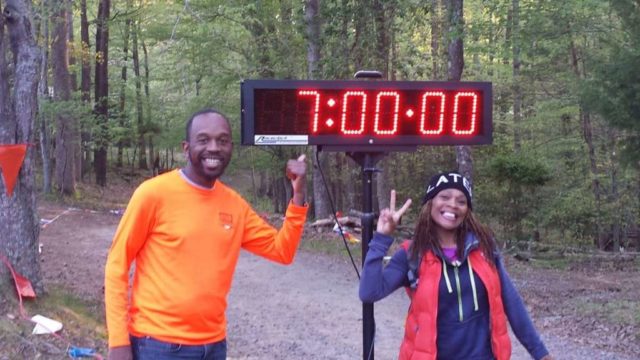
Trail racing doesn’t always mean running an ultramarathon.
In addition to various shorter races, DC-area trail runners can look to timed races to run as little — or as much — as they want.
Timed races are a great alternative to traditional set-distance events because the format means your finish line is where ever you want it. Runners have a set amount of time to complete as many — generally short — loops as possible; who ever runs the farthest is the winner, but everyone is a finisher.
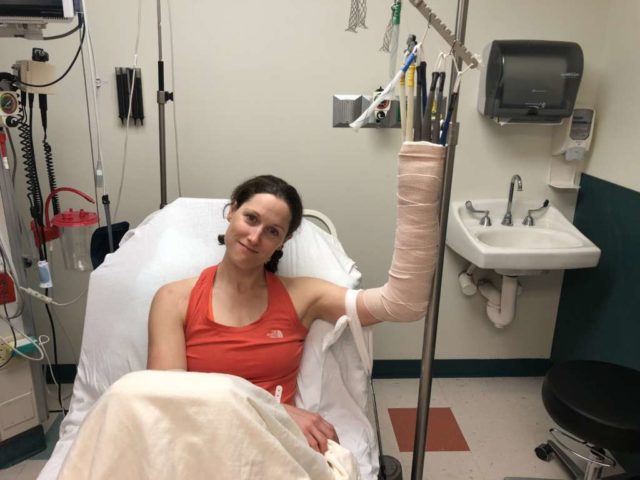
Last March, I caught a toe while running the Catoctin trail near Maryland’s Gambrill State Park. The fall was so quick and so hard — face first into very pointy rocks — that it took me a few minutes to realize just how badly I’d hurt myself.
Once I got myself sitting upright it was immediately clear that my wrist was broken; the bones were not where they usually were.
Also immediately clear? I was 13 miles from the car.

I get asked a lot how I can run for so many hours and hours … and hours. My answer is always the same: I love my trail running friends. So much.
They are the reason I drag myself out of bed before dawn to shiver through freezing temperatures, pouring rain or miserable heat. Sometimes we run extra long because we need a little more time to catch up. Sometime we cut it short because the post-run parking lot party is just too tempting.
If there’s one thing I’ve learned in my decade of trail running, it’s that crazy travels in packs, and there’s nothing like mutual suffering to forever bond you with a bunch of stinky weirdos.
Ten years ago I became a trail runner.
I got started the way that most people do: I found a trail, then I ran on it.
(And then I probably fell down, more on that later.)
I was lucky enough to find myself on trail that day in May 2009 with two very experienced trail runners. I didn’t know either them when we met by accident in a parking lot, but after 10 miles of casual conversation (them), and some wheezing and shortness of breath (me), I had their contact information and plans to meet the following Saturday for more miles. I was hooked.


